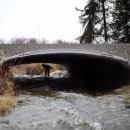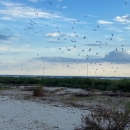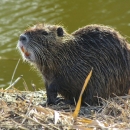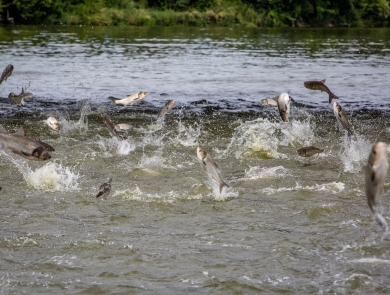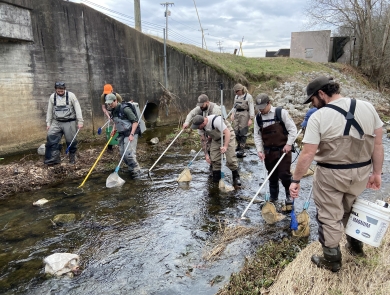About Us
The Lower Mississippi River Fish and Wildlife Conservation Office (LMRFWCO) is in the Southeast Region of the U.S. Fish and Wildlife Service. Primary station responsibilities include 1) coordination of the Lower Mississippi River Conservation Committee (LMRCC), 2) control and containment of invasive carps throughout the Lower Mississippi River and Arkansas, Red, White Rivers Sub-basins, and 3) conservation and rehabilitation of threatened and endangered native species and their habitats. The LMRFWCO currently has a staff of four, which includes a project leader, a cartographer, and two biologists.
Our Organization
Our Species
At this time we are working on:
- Silver carp
- Bighead carp
- Yazoo Darter
- Yoknapatawpha Darter
- Frecklebelly Madtom
- Gulf Coast Walleye
Projects and Research
The U.S. Fish and Wildlife Service is working to restore alligator gar (Atractosteus spatula) populations in the Lower Mississippi River Valley. Gar are not currently federally-listed as threatened or endangered. However, in some areas their populations have substantially decreased over the past 50 years prompting most states within their historic range to enact...


